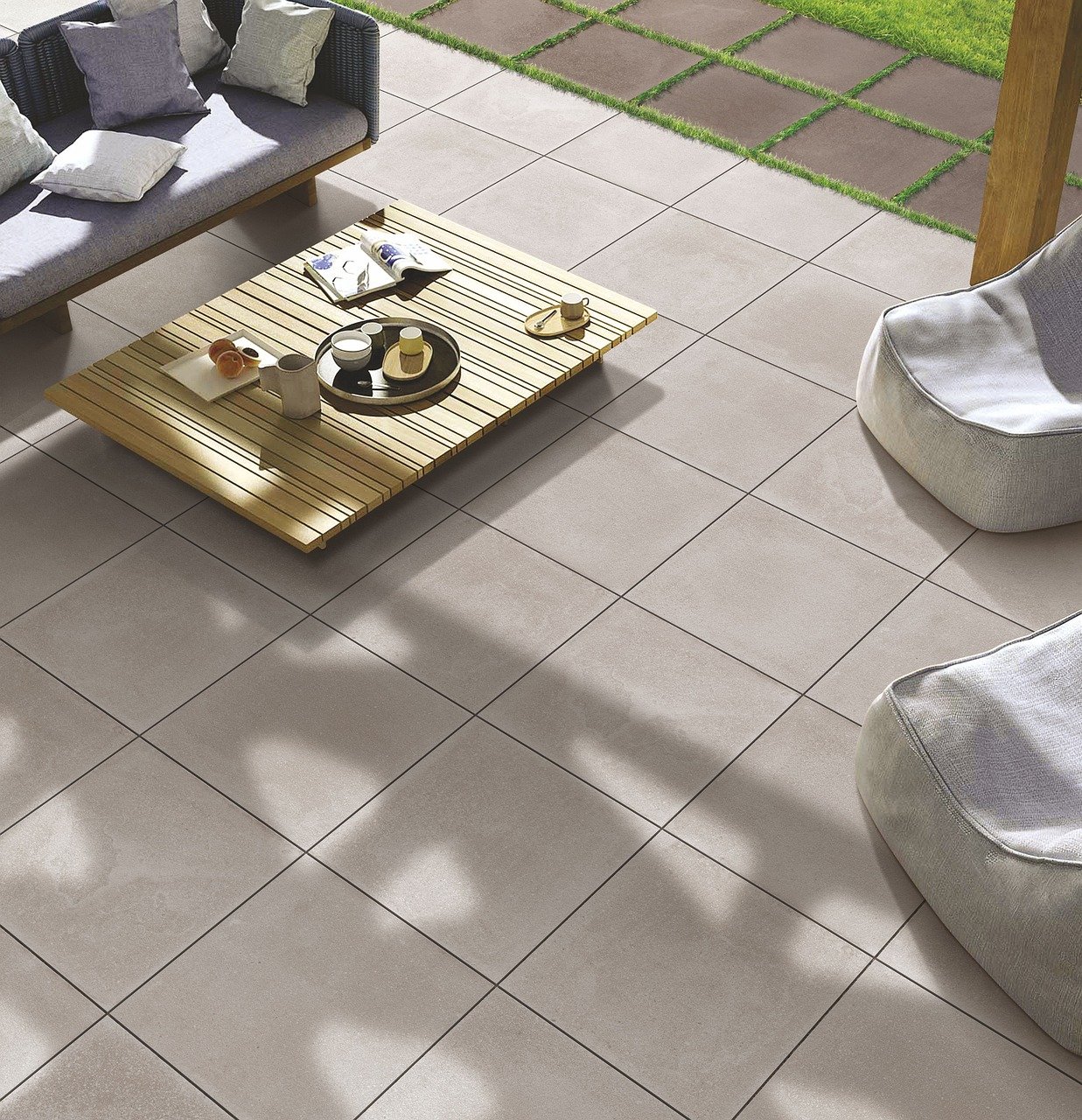Porcelain tile is a popular choice for home and commercial interior floors. Porcelain is a ceramic material that is hard, durable and easily cleaned. Porcelain tiles are often used as flooring because they are resistant to moisture, stains and scratches.
Landscapers install porcelain tiles in many different ways depending on the type of job. The most common type of installation is called “direct gluing” where the tiles are adhered directly to the subfloor without any adhesive backing. Another method of installation involves attaching the porcelain tile to a mesh backing that is then laid over the floor surface.
The first thing you need to do is make sure that you have all of your tools ready before you start working on your project. You should have a hammer, chisel, drill, screwdriver, levelling kit and other tools available for use during installation so that you don’t have to stop working in order to find something else that you need in order to complete your project properly.
Tips for landscapers installing porcelain tiles:
Make sure your workspace is clean, dry and well lit before you begin installing your porcelain tiles.
Cut your porcelain tiles carefully so that all pieces are uniform in size and shape before installing them on your floor surface. Use a wet saw or tile nippers to cut each piece of porcelain tile into uniform shapes using a straightedge as a guide. Avoid cutting any edges or corners off at an angle as this will leave sharp edges that can crack when someone walks across them or stand on them with their shoes on.
Choose the right tile for your project. There are so many different kinds of porcelain tiles that finding the right one can be overwhelming at first. Make sure you know what kind of environment your flooring will be exposed to so you don’t choose an inappropriate type. For example, if you live in an area with lots of rain and humidity, you’ll want to choose frost-resistant porcelain tiles that won’t crack or chip easily after being exposed to moisture for long periods of time.
The easiest way to cut porcelain tile is with a wet saw. The dust created by dry cutting is harmful to the lungs. Plus, dry cutting can actually damage the surface of the tile if you’re not careful. Wet saws make it easier for you to avoid both problems, since they keep all of the dust out of the air and reduce the risk of chipping or cracking the tile. They also allow you to use less pressure when cutting because they produce less friction between your blade and your material than dry saws do.
When installing porcelain tiles in your landscaping business, lay down masking tape before you begin each cut so that no dust gets on your work area or on other surfaces nearby. The tape will also help keep your fingers clean while working with sharp edges or rough surfaces.
Use a levelling kit. Before laying the tiles, make sure that the floor is perfectly level and even. This is crucial because if your tile has any slope or curve, it will create a tripping hazard for anyone who walks on it. You can use a spirit level to check for unevenness in your surface.











